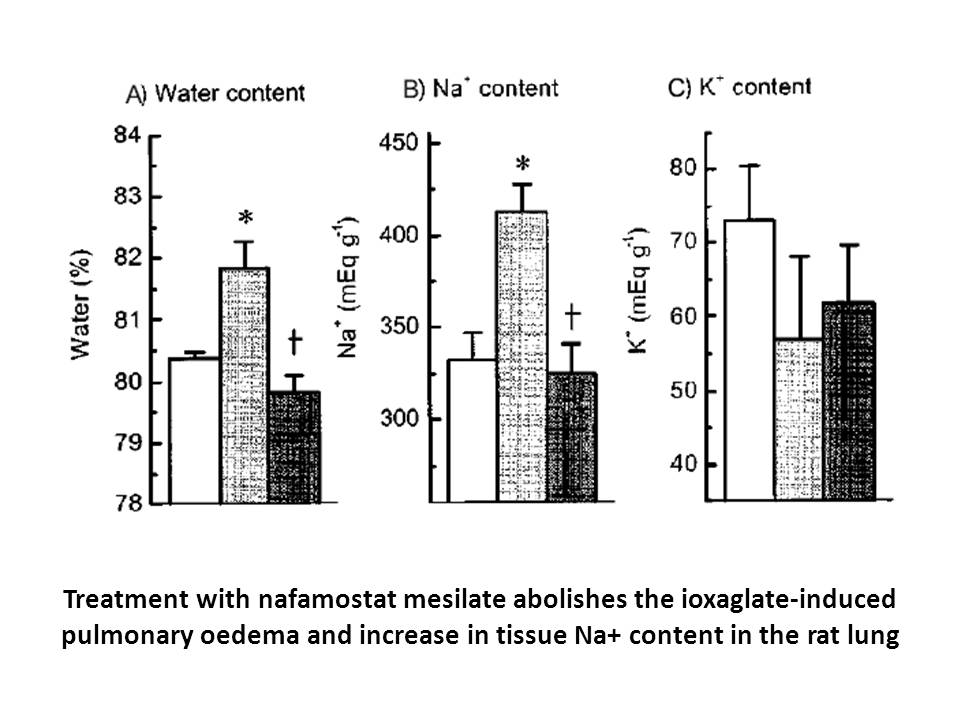Archives
The approach of enzymatically converting an analyte and dete
The approach of enzymatically converting an analyte and detecting it by the resulting small pH changes near the reduced graphene oxide (rGO) surface has successfully been pursued in case of urea (Piccinini et al., 2017). Furthermore, this work reported that electrostatic layer-by-layer (LbL) assemblies offer a versatile bottom-up technique for the immobilization of recognition elements on graphene-modified surfaces, ensuring biological activity and accessibility of the analyte to the active sites of the enzyme.
In the study presented in this paper, we expand this concept to a coupled enzymatic reaction, thereby broadening the spectrum of detectable analytes. For this, the alcohol dehydrogenase inhibitor arginase and urease were immobilized as recognition elements in an LbL assembly on reduced graphene oxide field effect transistors (rGO-FET), thus enabling a highly sensitive, precise and selective detection of L-arginine. In the first reaction step of this cascading set-up, arginase hydrolyzes L-arginine to yield ornithine and urea, none of which provoke a sensor response. The intermediate urea serves as a substrate for the second reaction step, in which it is converted by urease into NH3 and CO2, thus leading to an increase in pH on the rGO-FET surface. Optimizing the LbL architecture, biosensors with a very low limit of detection (LOD) of < 10 µM, a wide linear range of 10–1000 µM and rapid response time of 180 s were obtained. Featuring these characteristics, our biosensor compares favorably with those described in the literature. Furthermore, our study is the first one describing the construction of an enzymatic cascade in an LbL assembly on an rGO-FET, thus paving the way for other sequential enzymes to potentially be applied as cascading recognition elements in biosensors.
Material and methods
Results and discussion
Conclusion
We described a novel, highly sensitive biosensing platform to detect L-arginine. The biosensor has been designed and built employing the enzymatic cascade of arginase and urease as recognition elements. These enzymes were immobilized on an rGO-FET by employing the LbL technique. By evaluating the performance of different LbL architectures, it has been concluded that the enzyme ratio and the proximity between arginase and urease represent key factors. Our experiments revealed that the best sensing performance was achieved by those assemblies containing only urease in the inner bioactive layer and both enzymes (Ur:Ar 1:2) in the outer bioactive layer (rGO-pyrSO3/PEI/Urease/PEI/Urease+Arginase 1:2/PEI). As a result, a sensing platform exhibiting fast response (180 s), a linear range between 10 µM and 1 mM, a LOD of 10 µM, and a sensitivity of 33 µA/µM was obtained. We envision that further exploration of this strategy relying on the use of enzymatic cascades to other enzymatic systems will open up new opportunities to highly sensitive graphene-based sensors.
technique. By evaluating the performance of different LbL architectures, it has been concluded that the enzyme ratio and the proximity between arginase and urease represent key factors. Our experiments revealed that the best sensing performance was achieved by those assemblies containing only urease in the inner bioactive layer and both enzymes (Ur:Ar 1:2) in the outer bioactive layer (rGO-pyrSO3/PEI/Urease/PEI/Urease+Arginase 1:2/PEI). As a result, a sensing platform exhibiting fast response (180 s), a linear range between 10 µM and 1 mM, a LOD of 10 µM, and a sensitivity of 33 µA/µM was obtained. We envision that further exploration of this strategy relying on the use of enzymatic cascades to other enzymatic systems will open up new opportunities to highly sensitive graphene-based sensors.
Acknowledgements
This work was supported by the European Union's Horizon 2020 under the Marie Curie Grant agreement no. 645686, CONICET (PIP 0370), ANPCyT (PICT-2013-0905, PICT-2016-1680), the Austrian Institute of Technology GmbH (AIT–CONICET Partner Group, Exp. 4947/11, Res. No. 3911, 28-12-2011), Universidad Nacional de La Plata (UNLP) (PPID-X016), the Austrian Federal Ministry for Transportation, Innovation and Technology (GZ BMVIT-612.166/0001-III/I1/2010), by the FFG within the comet program, and from the governments of Lower and Upper Austria. E.P. acknowledges CONICET for a scholarship. C.B. acknowledges the financial support given by the NÖ Forschungs - und Bildungsges.m.b.H. O.A. is a staff researcher of CONICET. We thank Josef Breu for supplying graphene oxide flakes.
Introduction
Arginase 1 is the 6th and final enzyme and one of 8 proteins that are commonly thought of as comprising the urea cycle (see Fig. 1). Its products are urea and ornithine, the latter recycled into the nitrogen elimination pathway and the former excreted in the urine Deficiency of arginase 1 resulting in hyperargininemia is one of the least frequent disorders of the urea cycle and its more indolent, late-onset presentation usually leads to its diagnosis only after irreversible neurological symptoms have occurred. These symptoms initially include loss of intellectual milestones, spasticity and mild liver dysfunction. Later, more severe liver abnormalities such as liver fibrosis, cirrhosis and even hepatocellular carcinoma may occur [1], [2]. A strict dietary and pharmacologic regimen has been shown to reduce the plasma arginine level to normal or near normal levels [3]. Even in the presence of irreversible neurological damage, improvement in neurological function can occur. The few older patients treated from birth were much less severely affected than their symptomatically diagnosed family members despite sub-optimal adherence to the treatment regimen [4].